Your vital organs—screened
Scan your body for potential cancer and 500+ conditions in up to 13 organs.



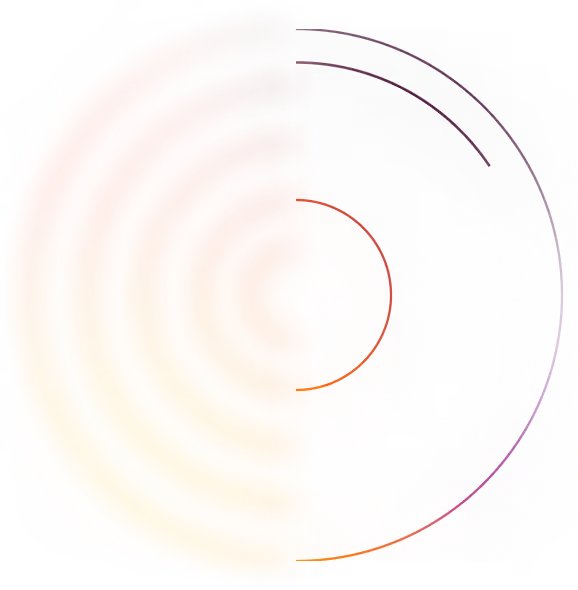
Our scan is designed to










"A large part of the credit for this great prognosis goes to early detection: given that the tumor was found so early, it was easier to remove surgically, and any spread is unlikely"

Most people diagnosed with cancer twice can’t say cancer and lucky in the same sentence. I'm so thankful to have caught these cancers early.


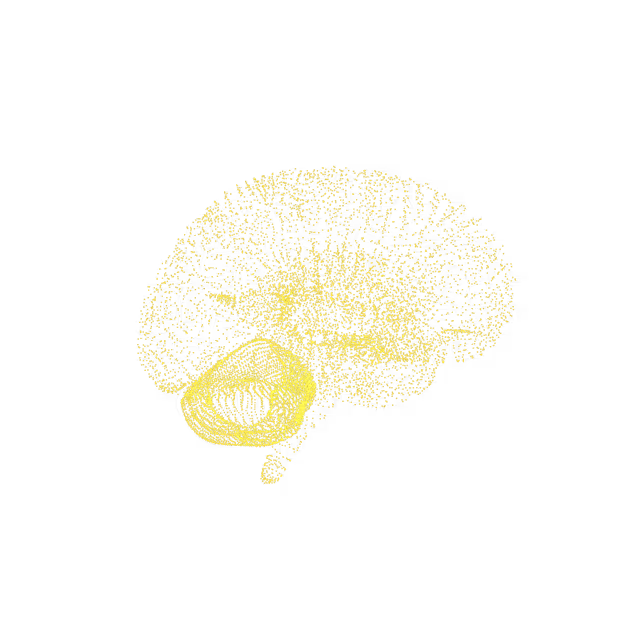
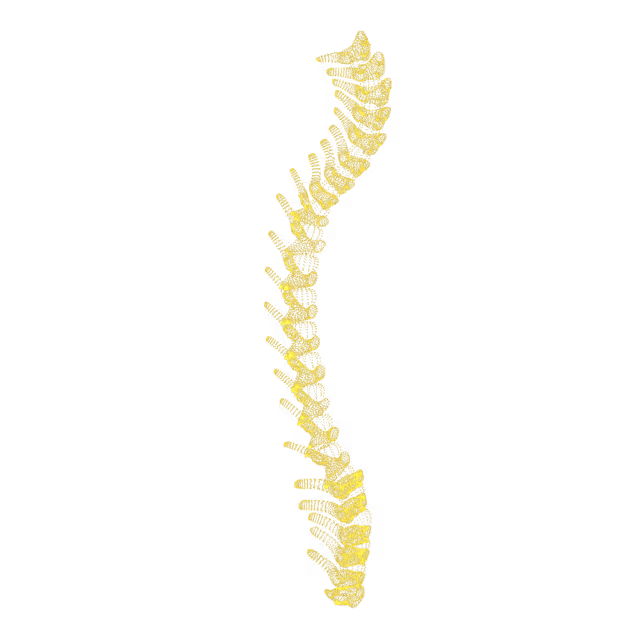
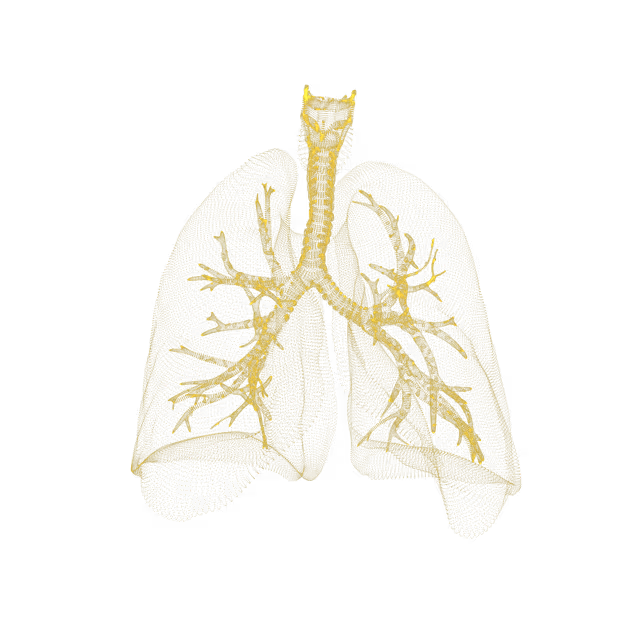
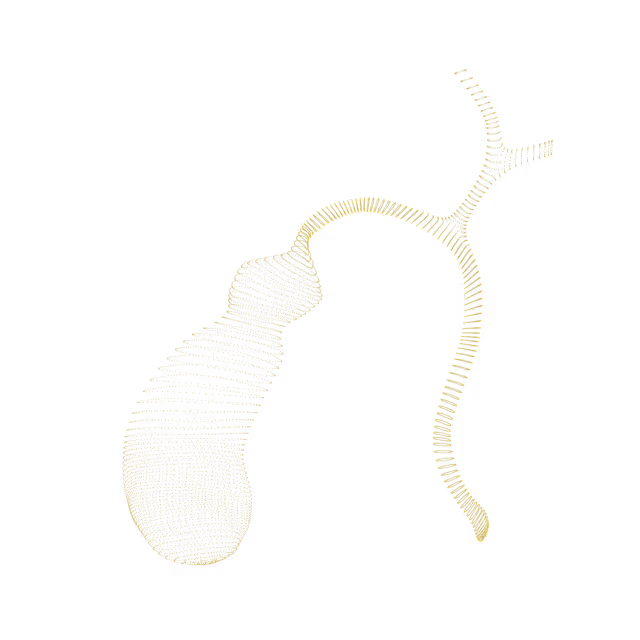
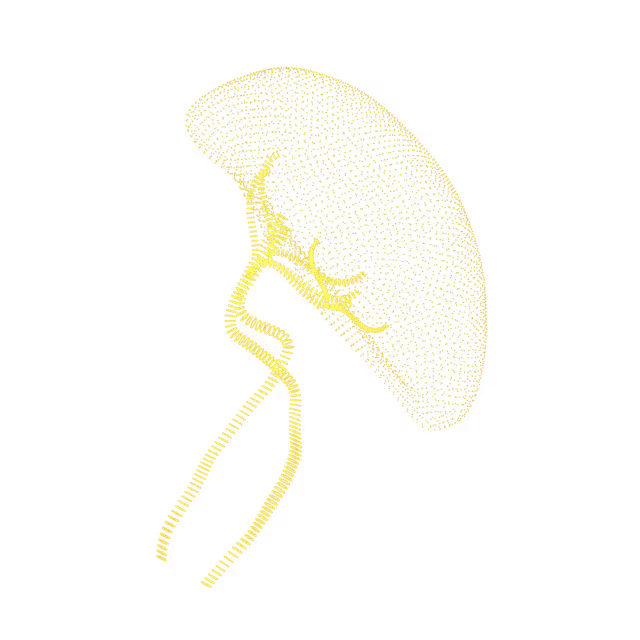
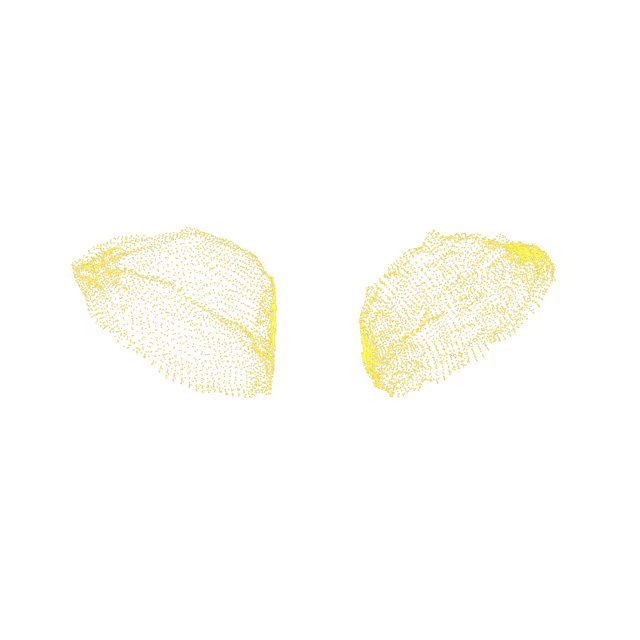
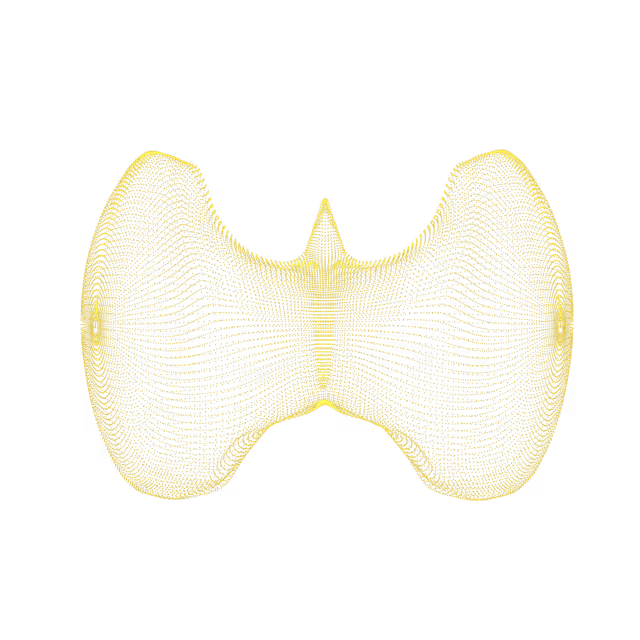
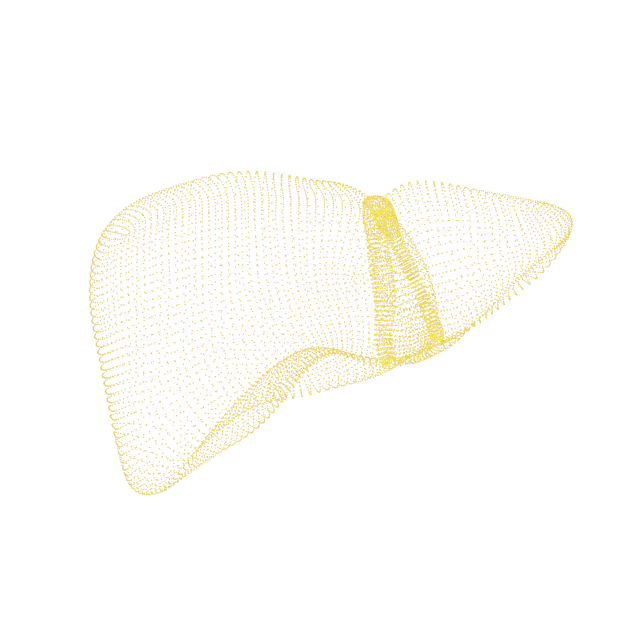
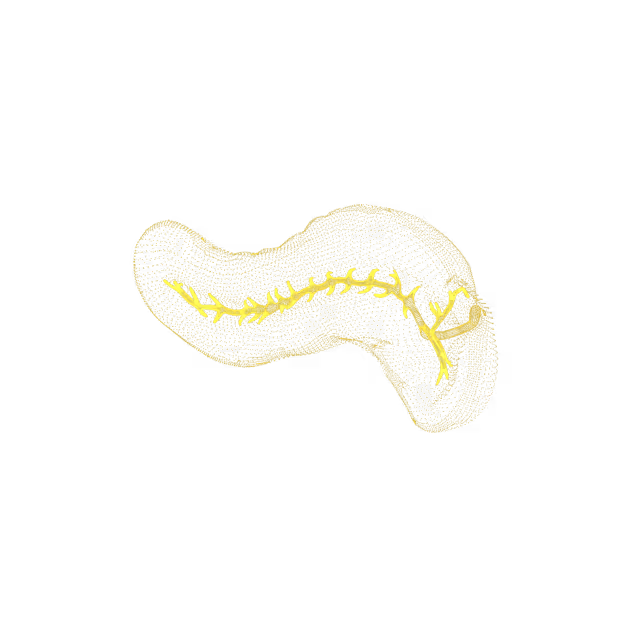
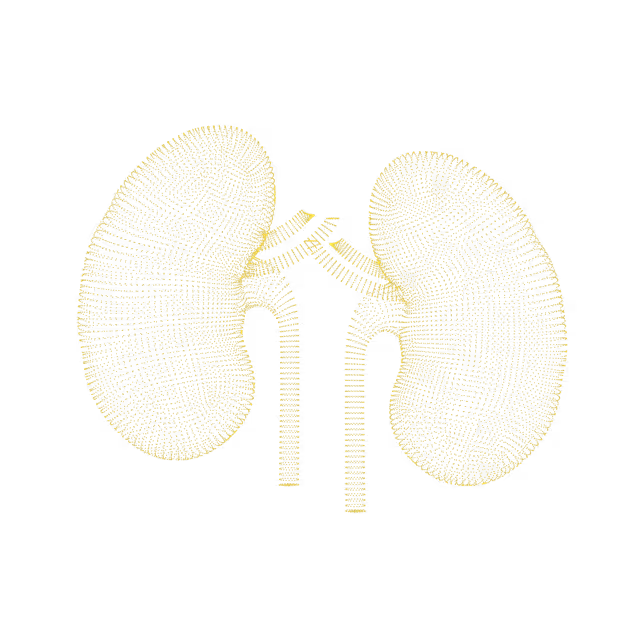
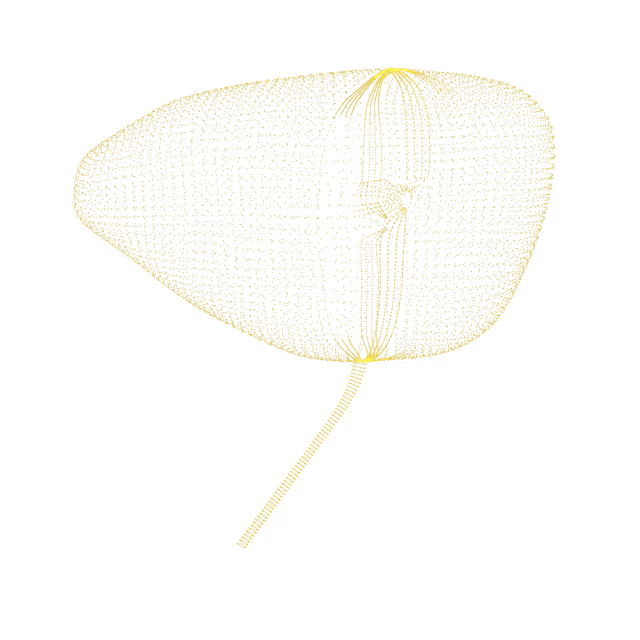
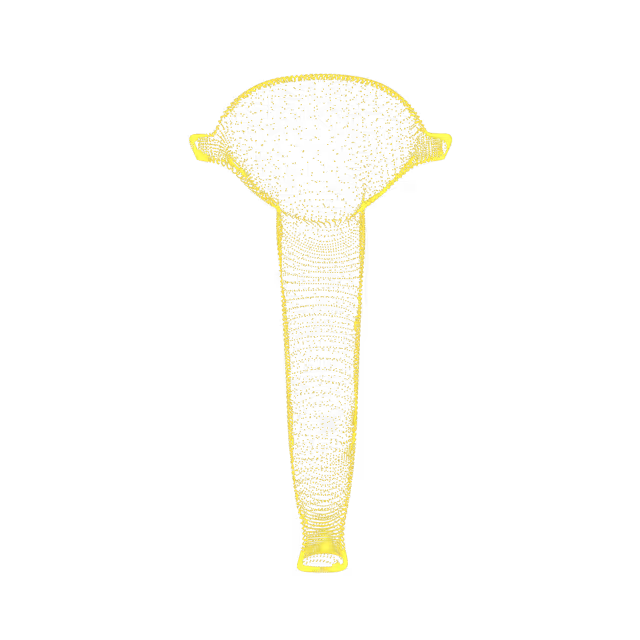
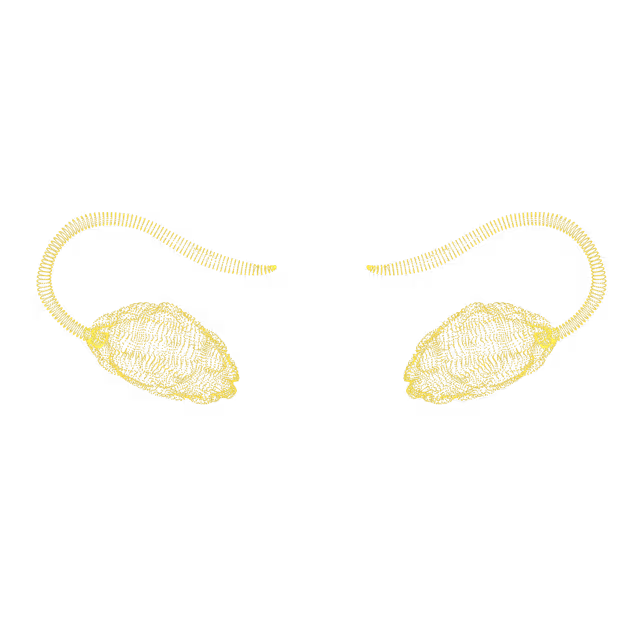
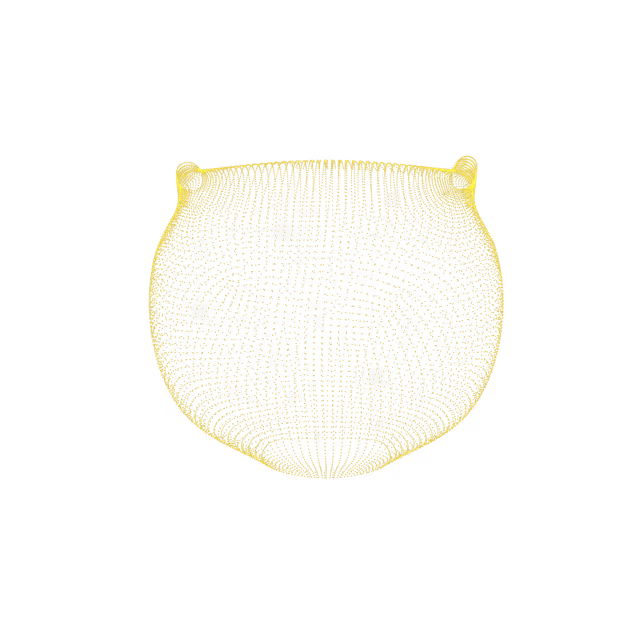

A parathyroid adenoma is a noncancerous (benign) tumor of the parathyroid glands. The parathyroid glands are four small lentil-sized glands right next to the thyroid that help regulate the body’s calcium and phosphorus levels. If there is concern about their function, further evaluation and management is needed, which can include blood testing of calcium and parathyroid hormone (PTH) levels.
The oropharynx is the middle part of the pharynx (throat), behind the mouth. Retention cysts are small soft tissue growths that commonly occur on mucus surfaces in the body. They are usually asymptomatic (do not cause symptoms), but large growths can sometimes cause a sensation of fullness or discomfort.
The tonsils are lymphatic tissues located in the back of the throat. They are part of the body's immune system, functioning similarly to lymph nodes to filter the lymphatic fluid and containing lymphocytes (white blood cells) that help the body fight infection and disease. The causes of tonsillar enlargement include infection (i.e. viral), smoking, gastric reflux and lymphoma. Enlargement of the tonsils in adults usually does not cause symptoms and resolves by itself, but sometimes can be associated with sleep apnea (the momentary stopping of breathing during sleep) or recurrent tonsil infections.
A cyst usually is a slow-growing lump that can move easily under the skin. Sebaceous cysts may be caused by blocked glands or swollen hair follicles in the skin. Trauma to the skin has often been reported as well. Other times, cysts are inherited.
Growths on the thyroid, a small gland located at the front base of the neck, are known as nodules and can either be solid, fluid-filled or both. A cyst, by definition, contains fluid. Thyroid nodules which are entirely cystic, in which case there are no solid components detectable within the fluid, are almost routinely benign. Thyroid cysts are considered complex if they contain both solid and fluid components.
In rare cases during embryonic development, parts of the thyroid might not be formed normally (thyroid dysgenesis). When a part is missing, this is called “atresia.” Missing parts of the thyroid does not necessarily mean abnormal thyroid function; thyroid function can only be properly assessed with laboratory blood testing.
Thyroiditis means that the thyroid gland is inflamed. The most prevalent type of autoimmune hypothyroidism is a disease that causes the thyroid to shrink (atrophy) - it is called Hashimoto's disease and may cause Hashimoto's thyroiditis. In addition to Hashimoto's disease, viral infections can occasionally cause thyroiditis.
It is common for the thyroid gland to atrophy (get smaller) and shift lower in the neck with aging. An atrophic thyroid can also be a finding indicative of hypothyroidism (a condition in which the thyroid gland is underactive and doesn't produce enough of certain crucial hormones). Other causes of an atrophic thyroid include previous thyroid surgery (as seen in patients with thyroid nodules or Graves’ disease) and history of radioactive iodine treatment for thyroid cancer, Graves’ disease or a nodular goiter.
The trachea, commonly known as the windpipe, carries air in and out of your lungs. A diverticulum describes a bulge or “pouch” that occurs because of an anatomical weak spot along the trachea, causing an outward bulge. A tracheal diverticulum is usually asymptomatic (does not cause symptoms) but can be associated with coughing or frequent respiratory infections.
Thyromegaly, also called a goiter, means the thyroid is larger than normal. This can be from iodine deficiency, family history of thyroid disease or history of radiation exposure to the head and neck. Thyromegaly can be asymptomatic (no symptoms present) or can present with hypothyroid symptoms (i.e. fatigue, constipation) or hyperthyroid symptoms (i.e. weight loss, palpitations).


© 2025 Ezra